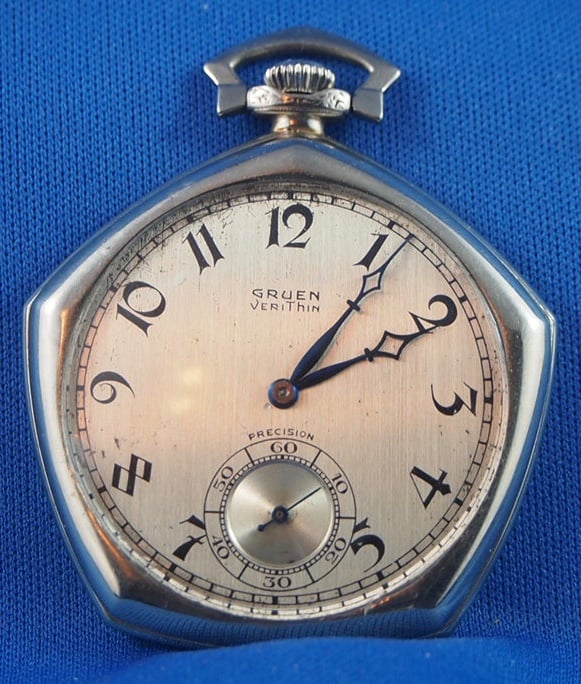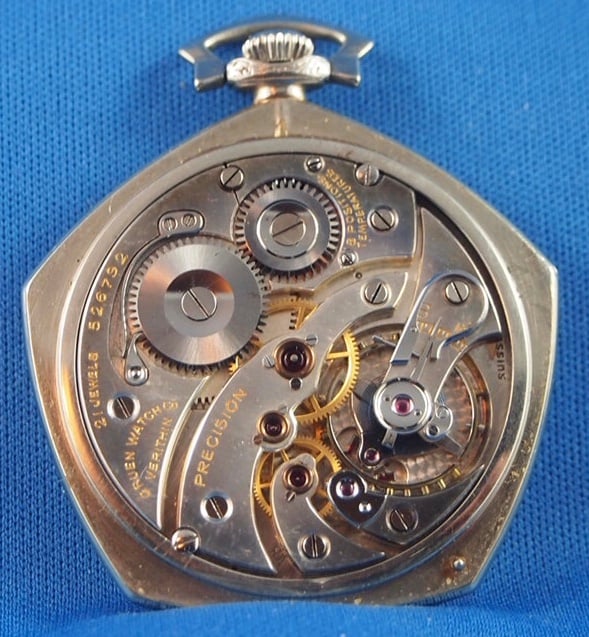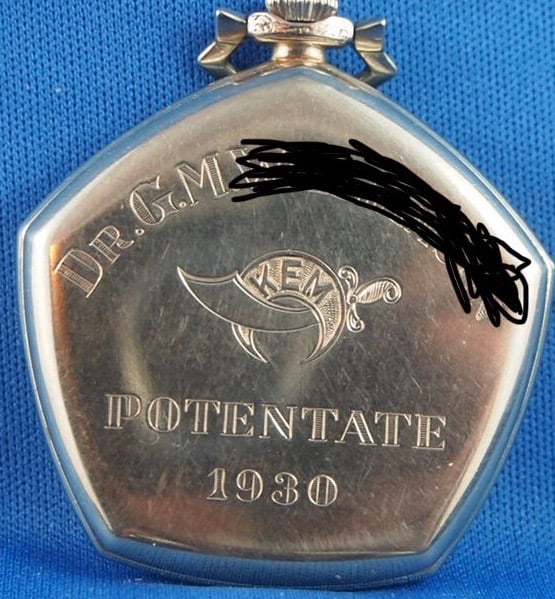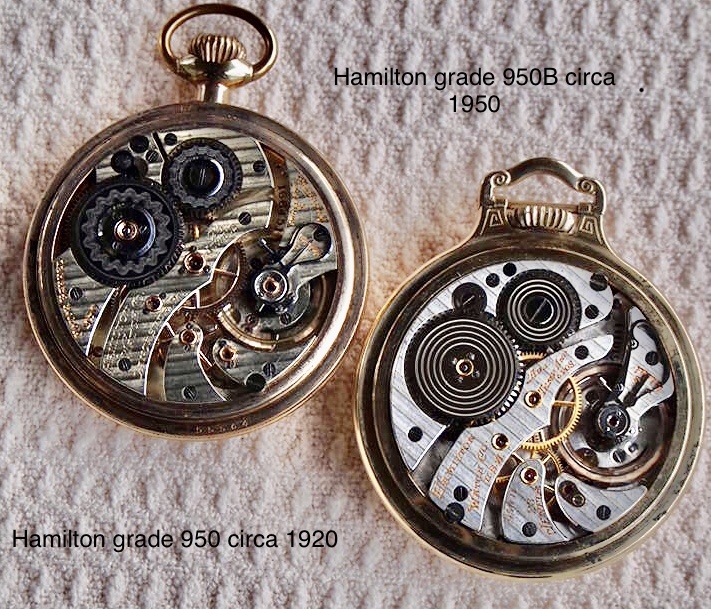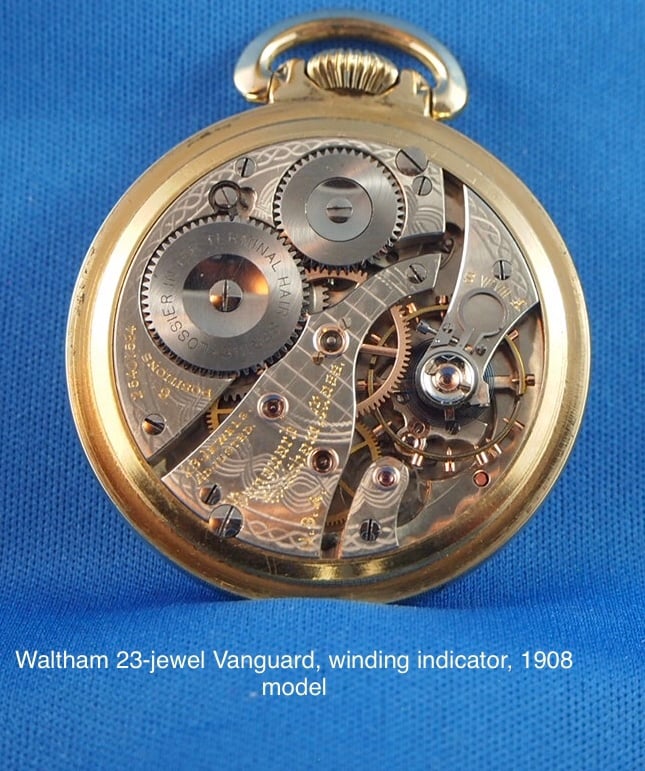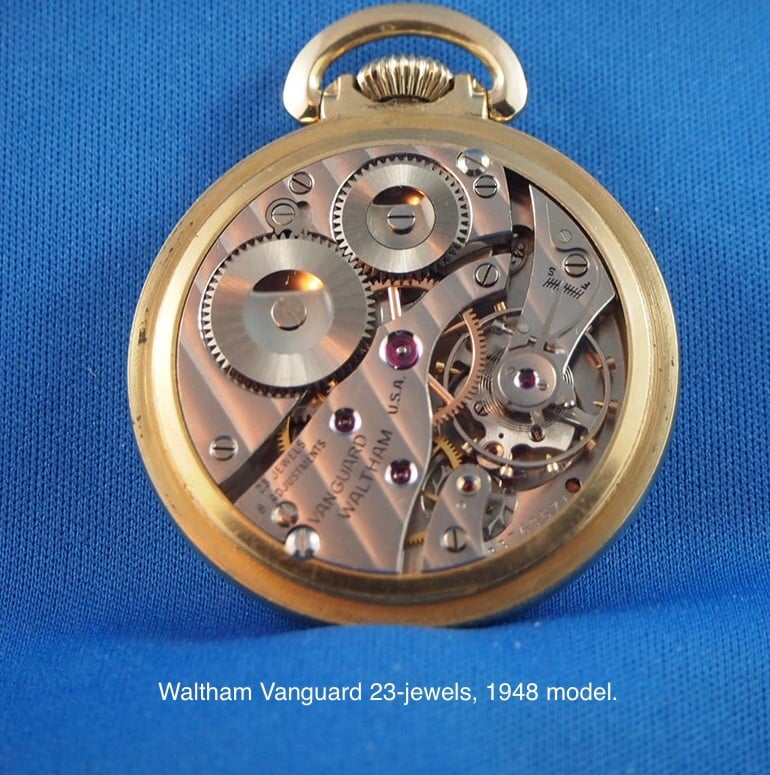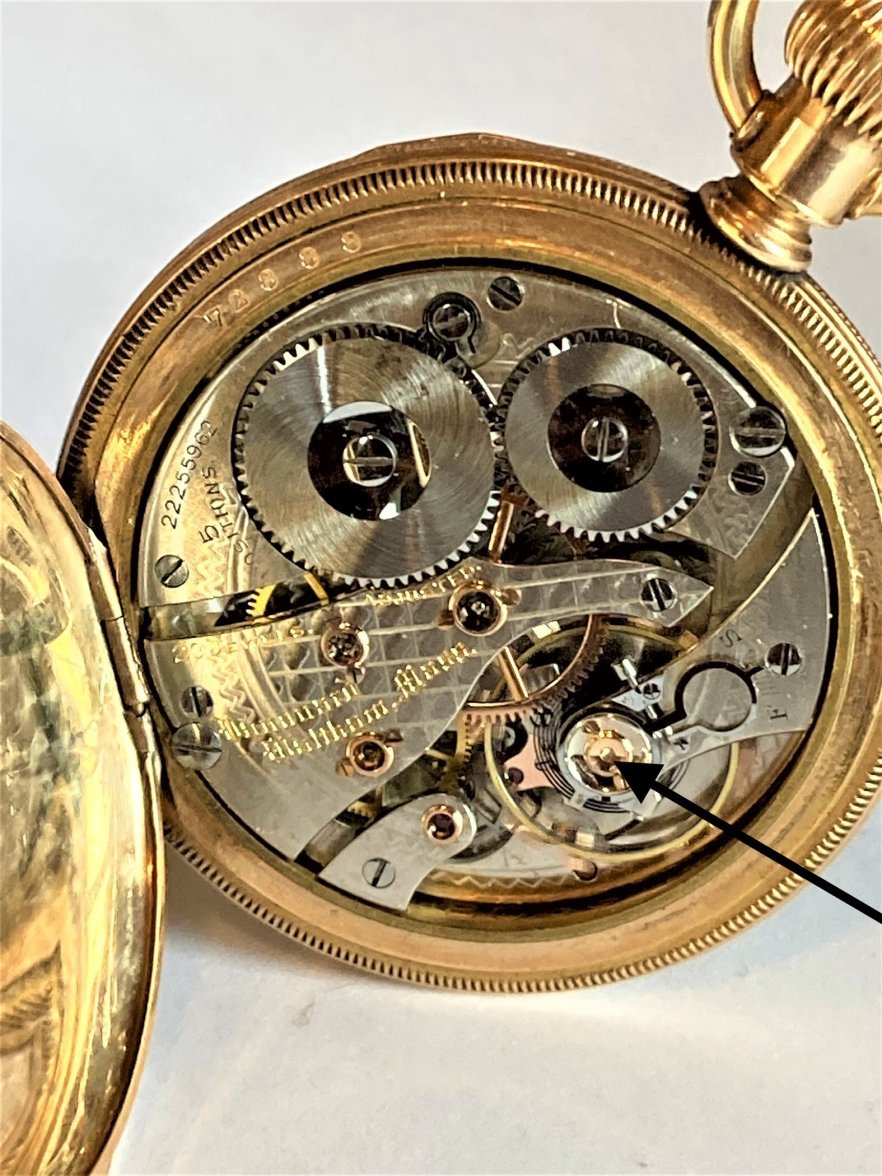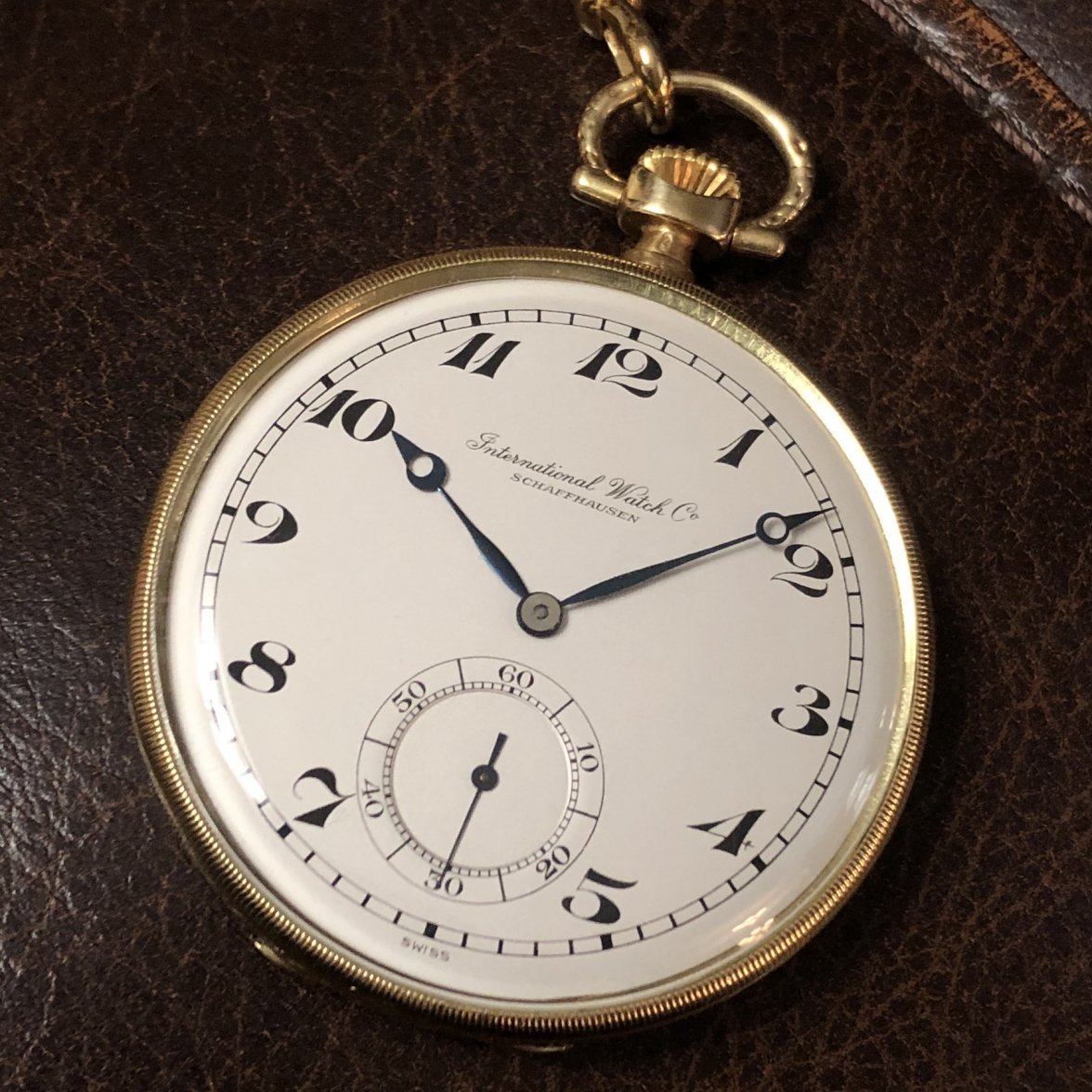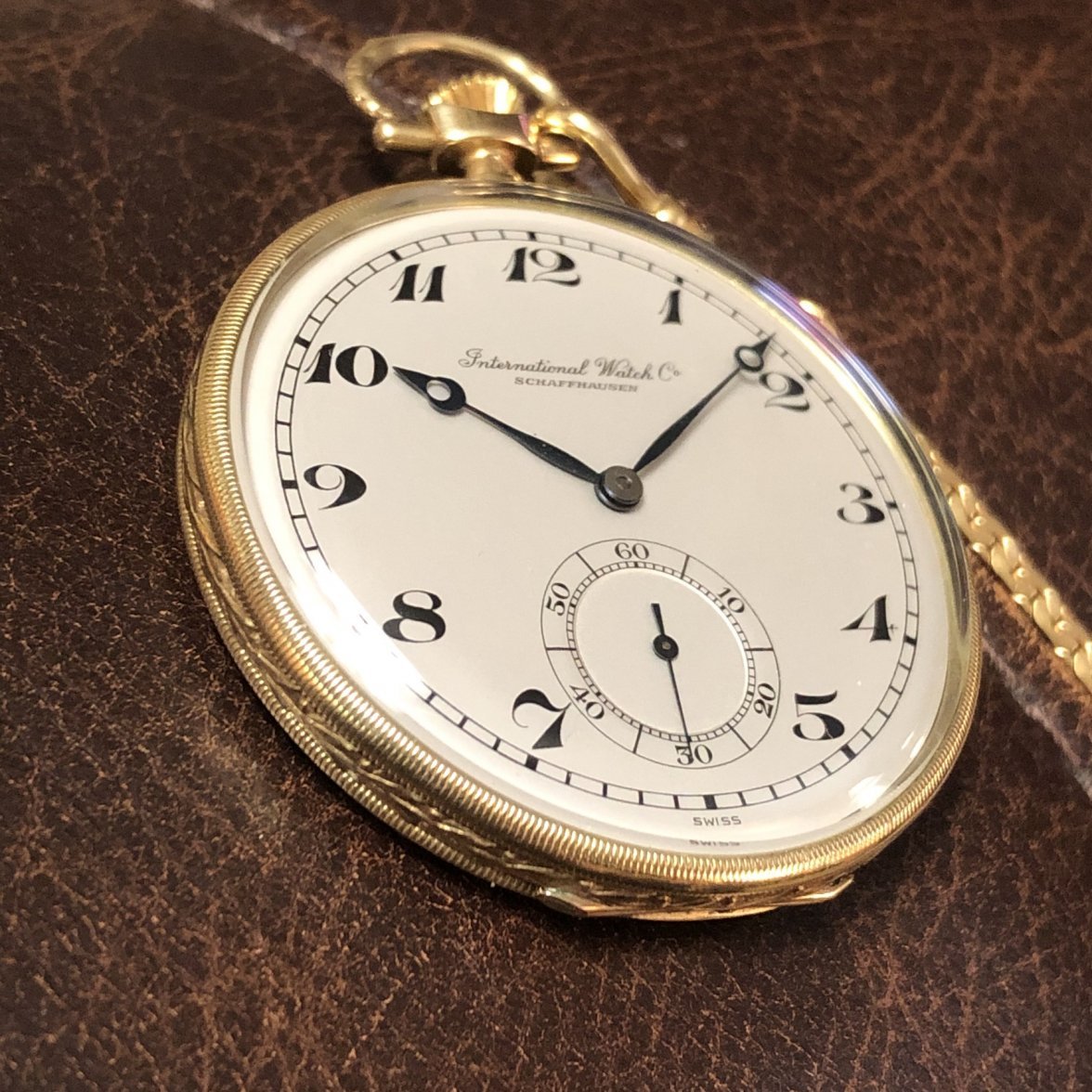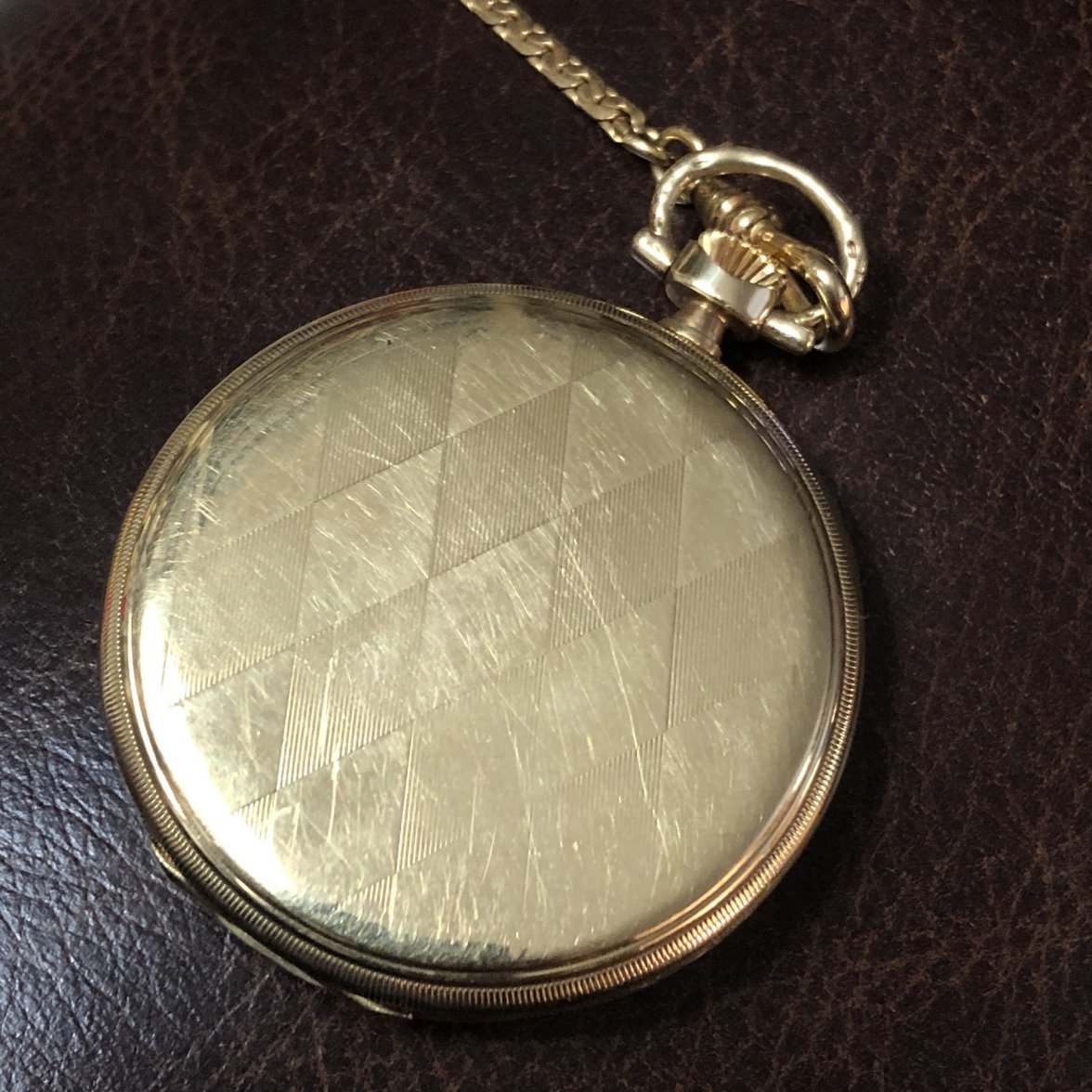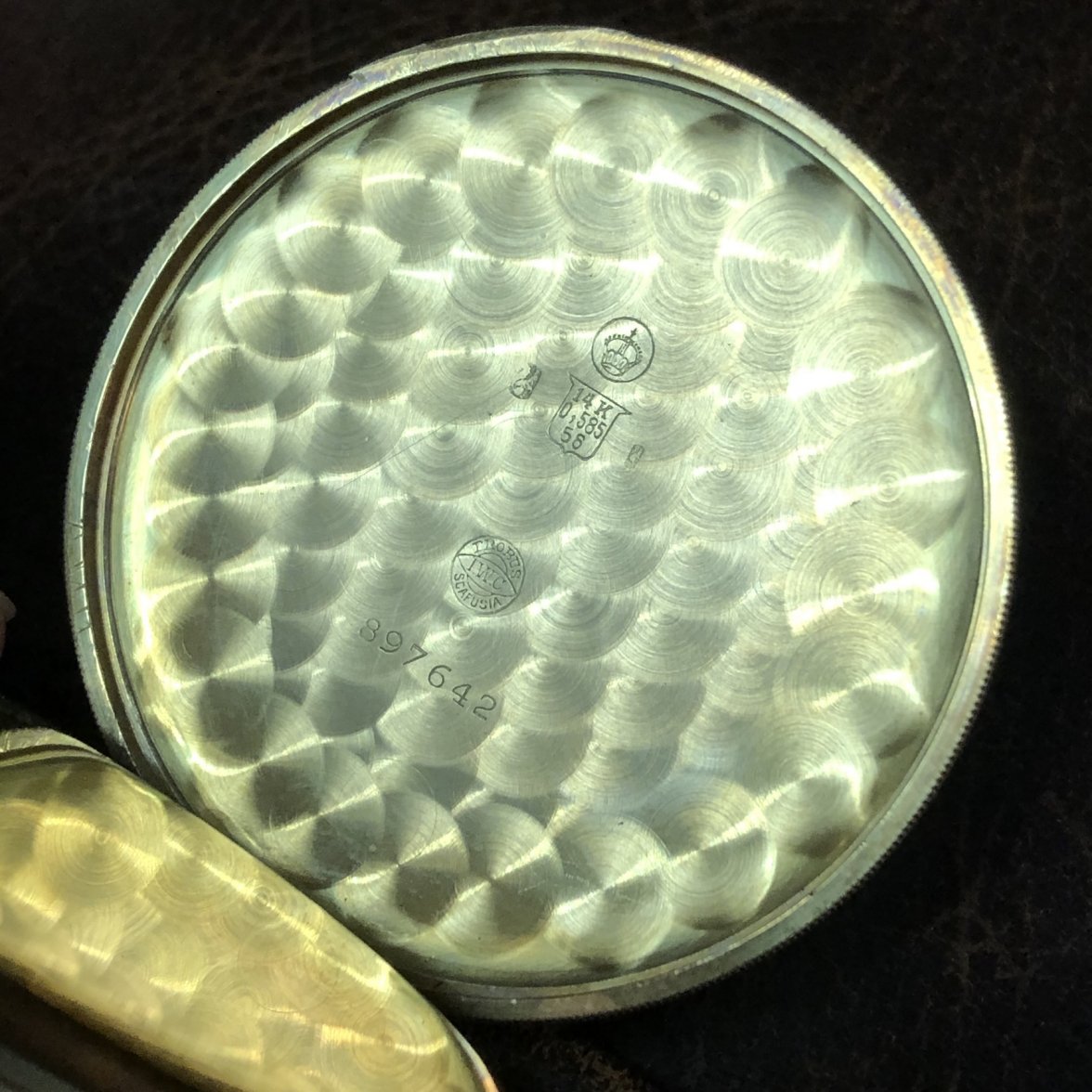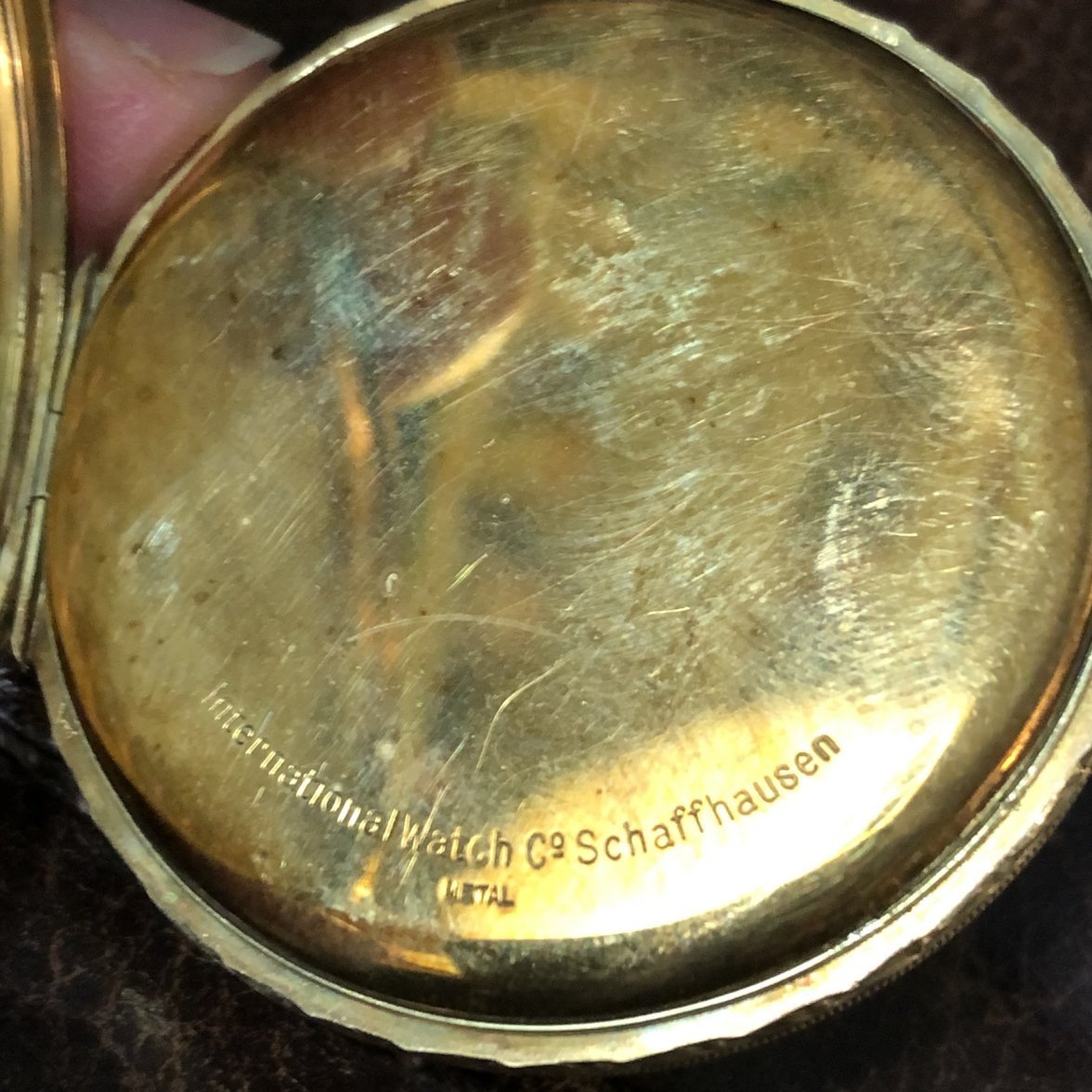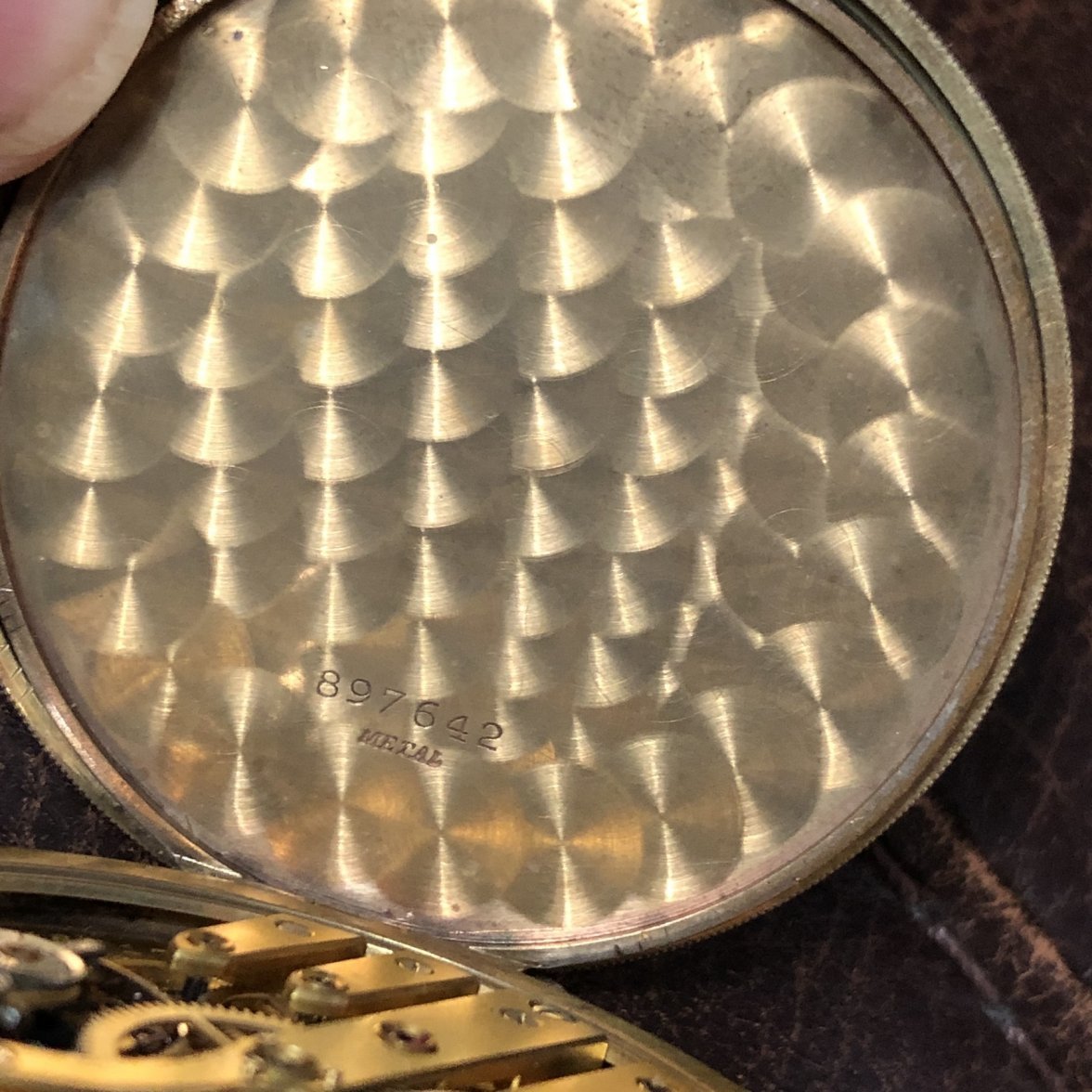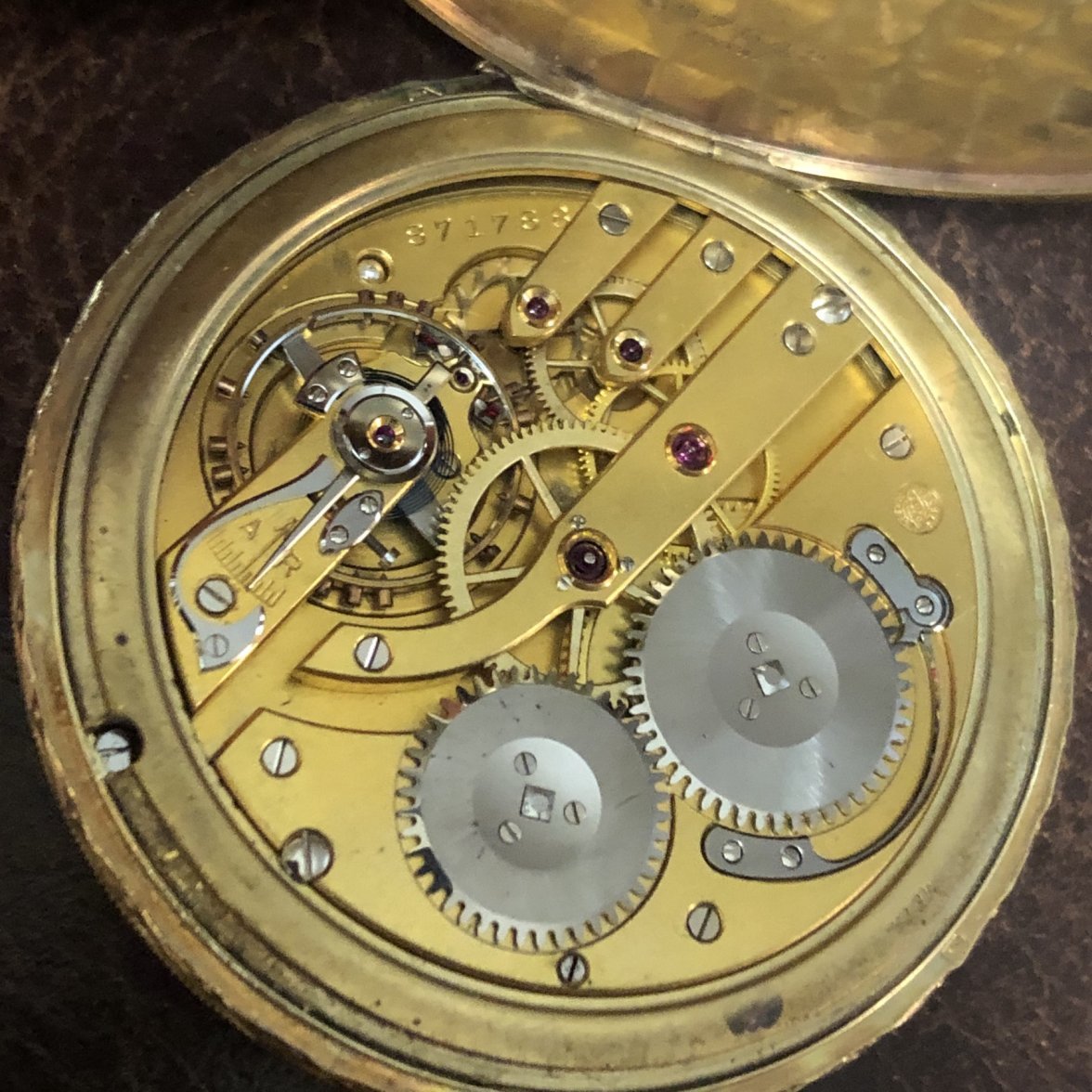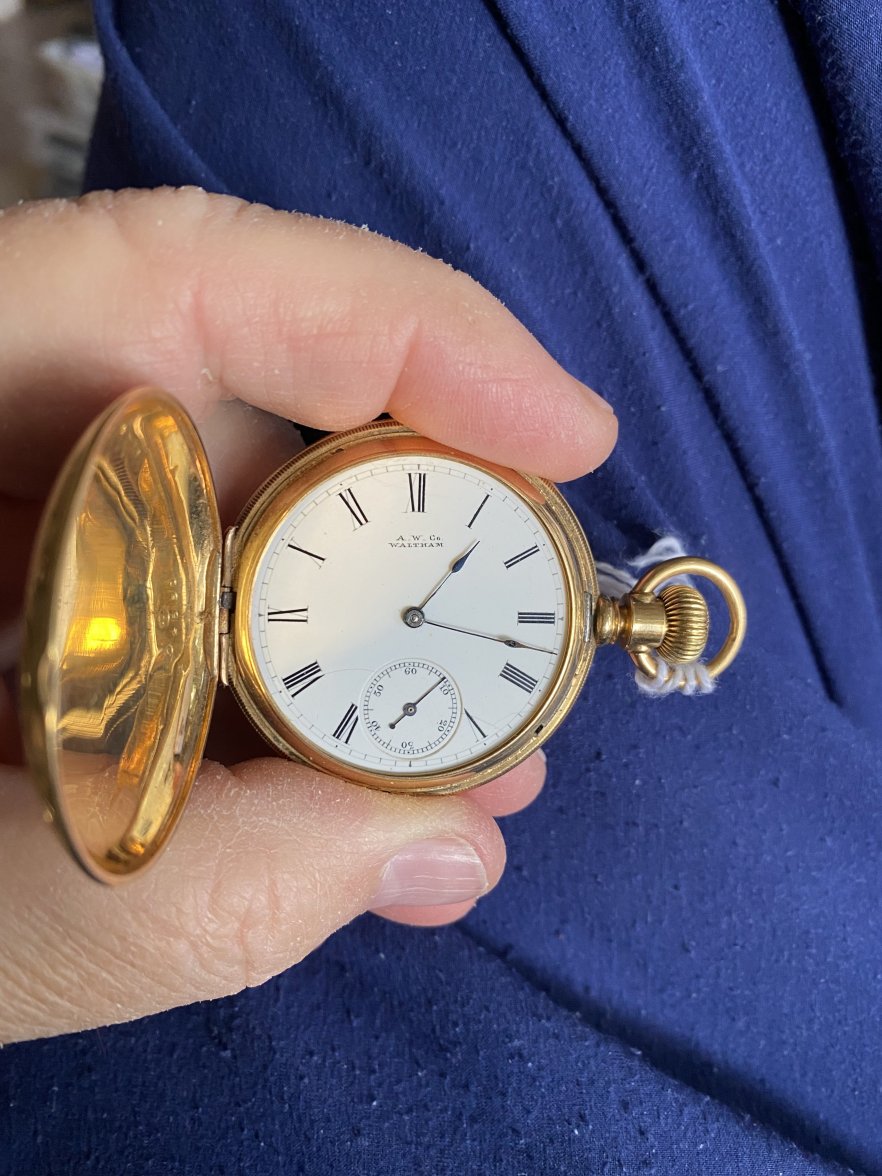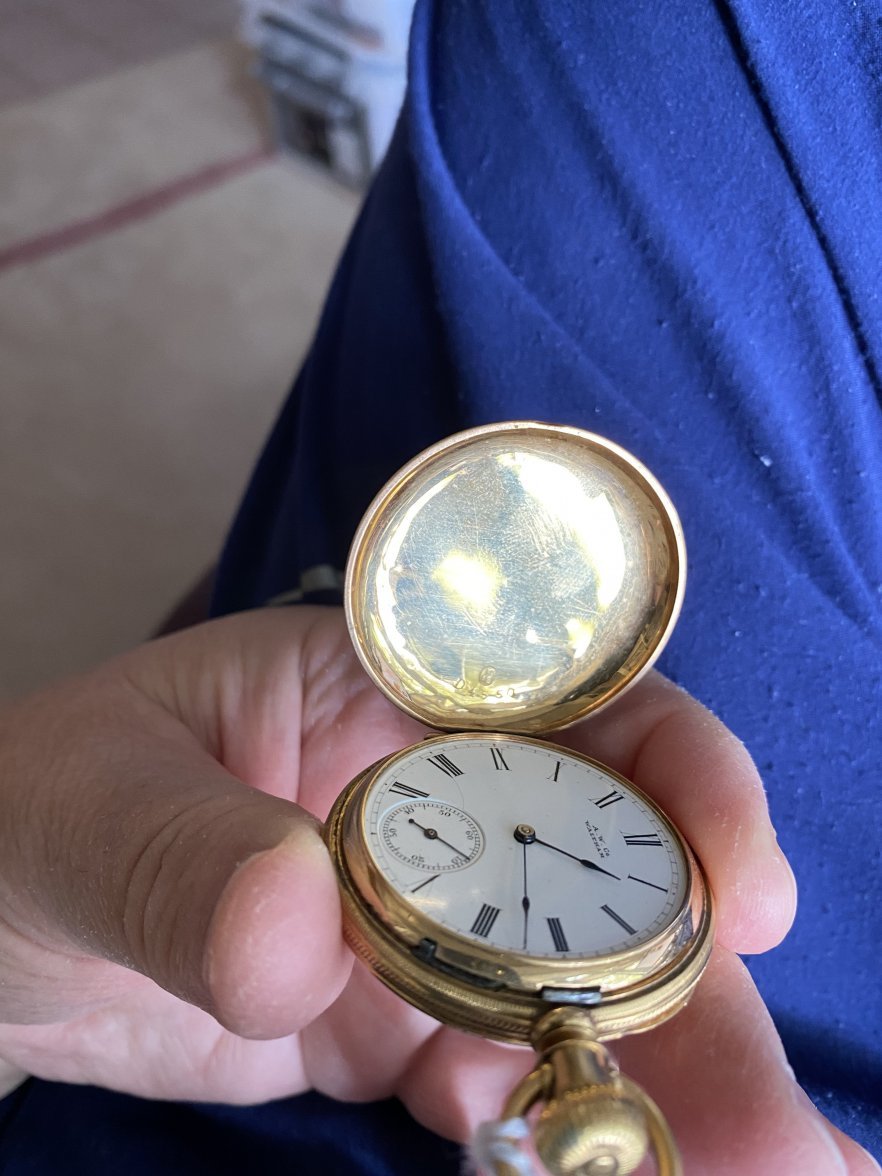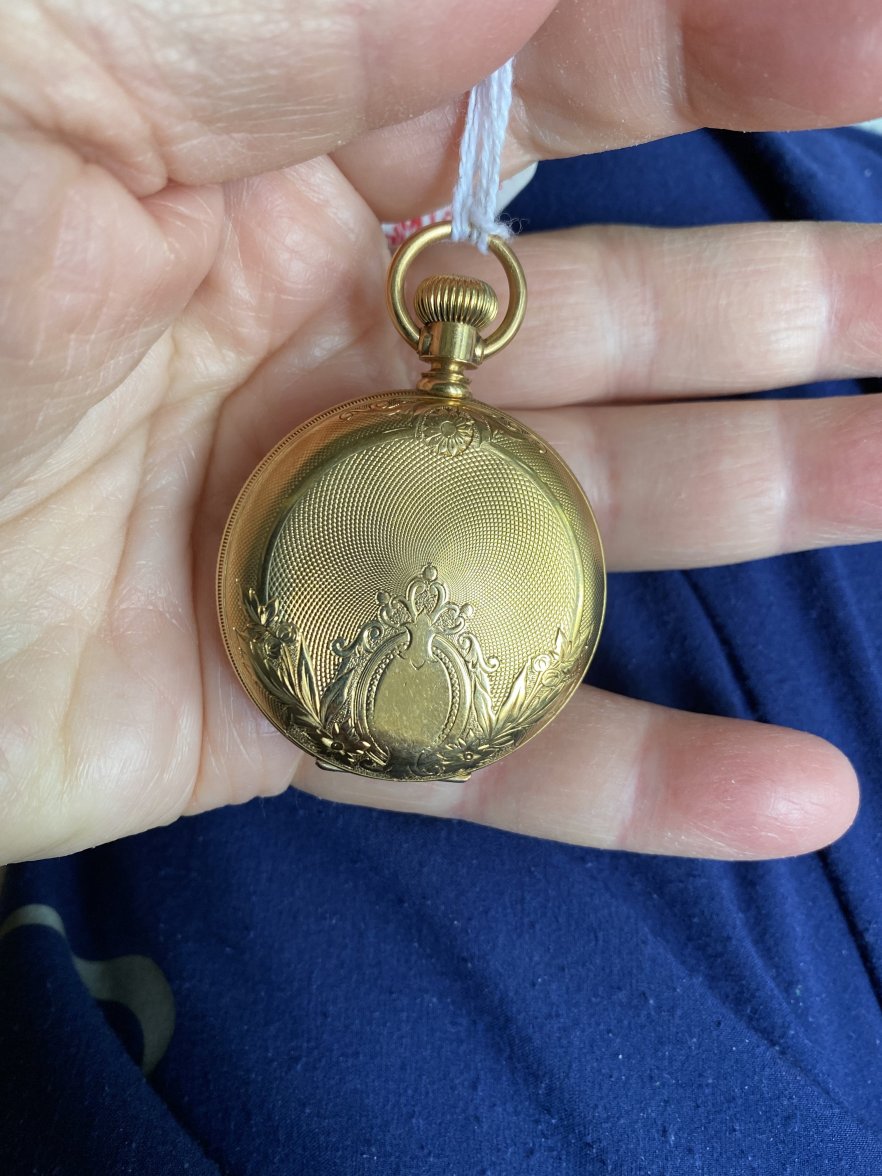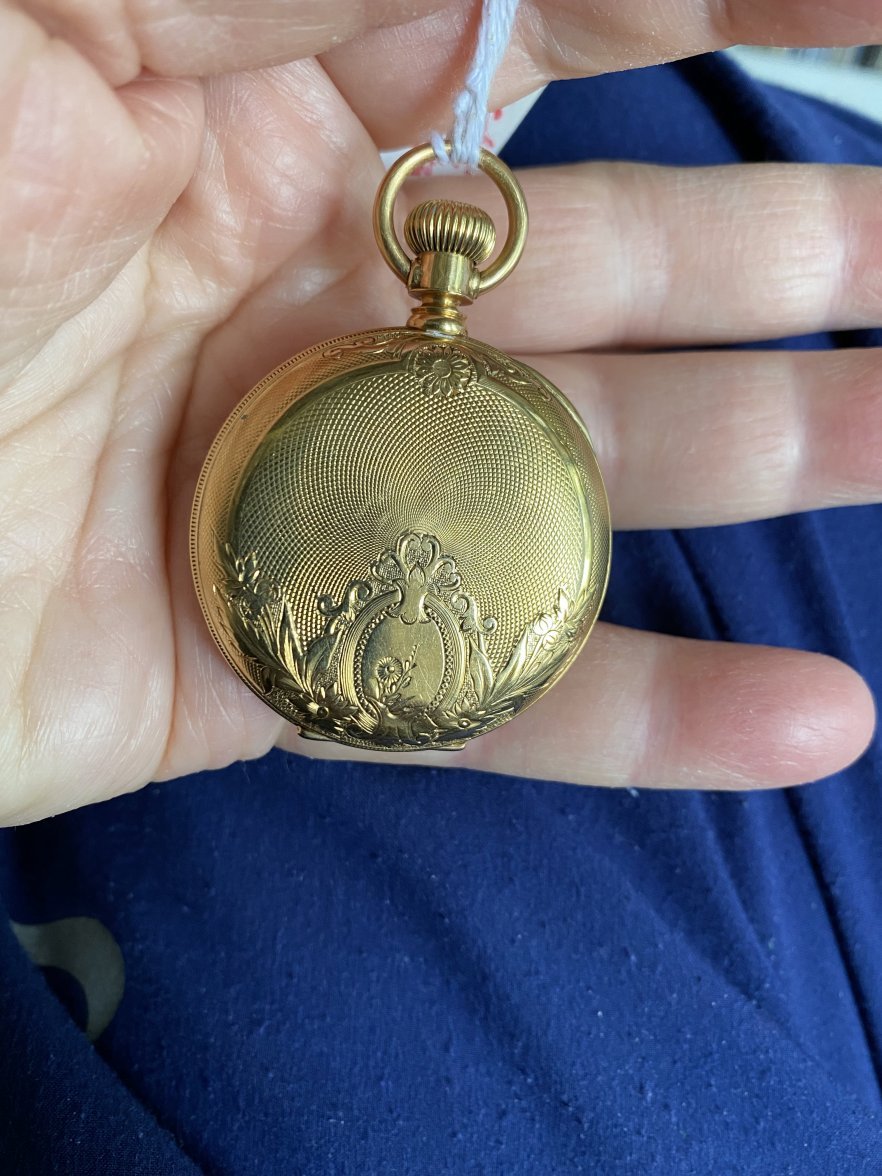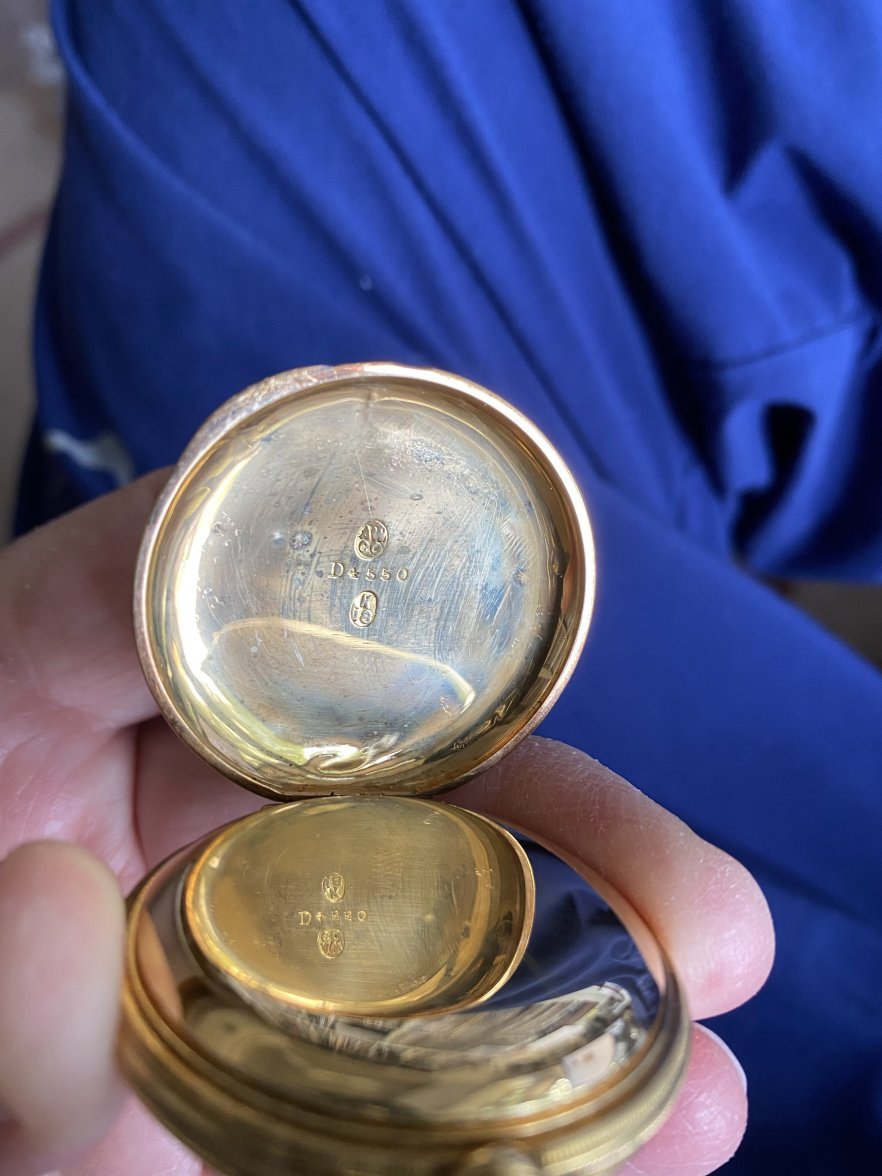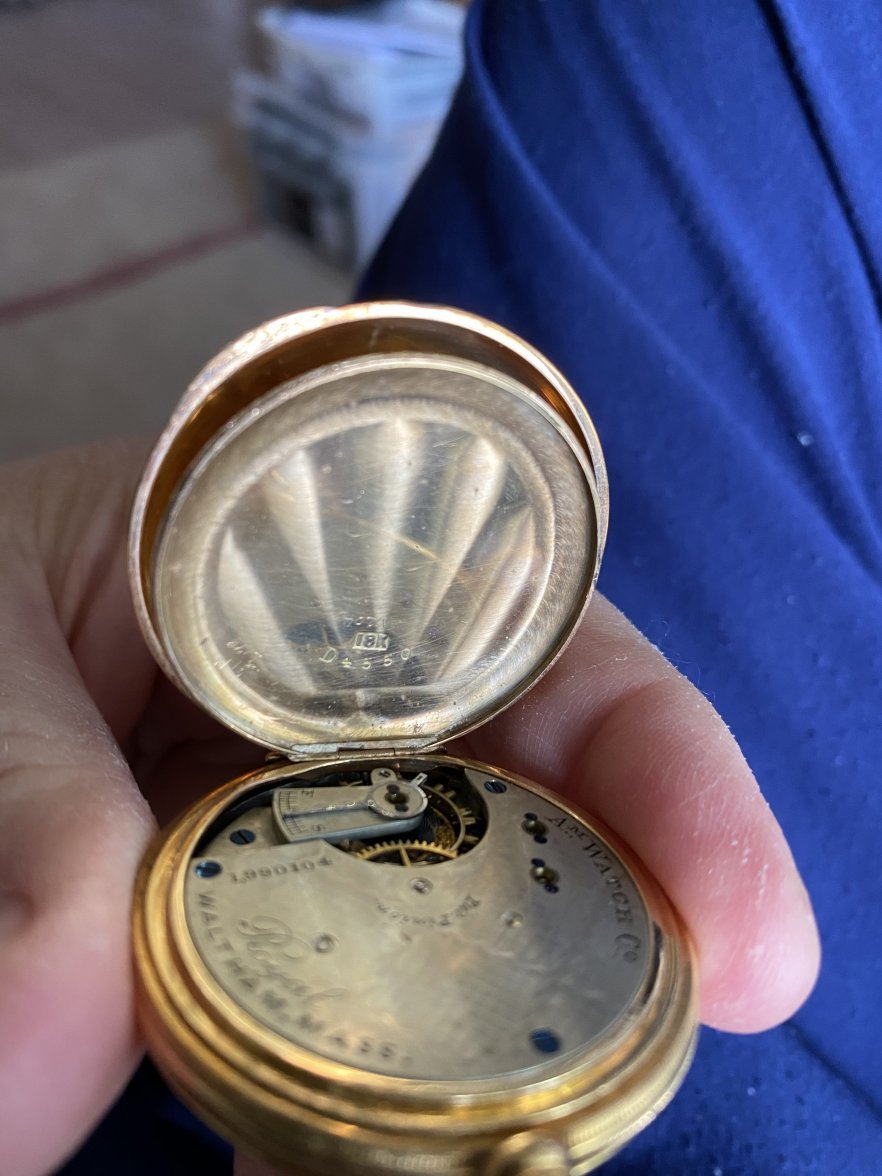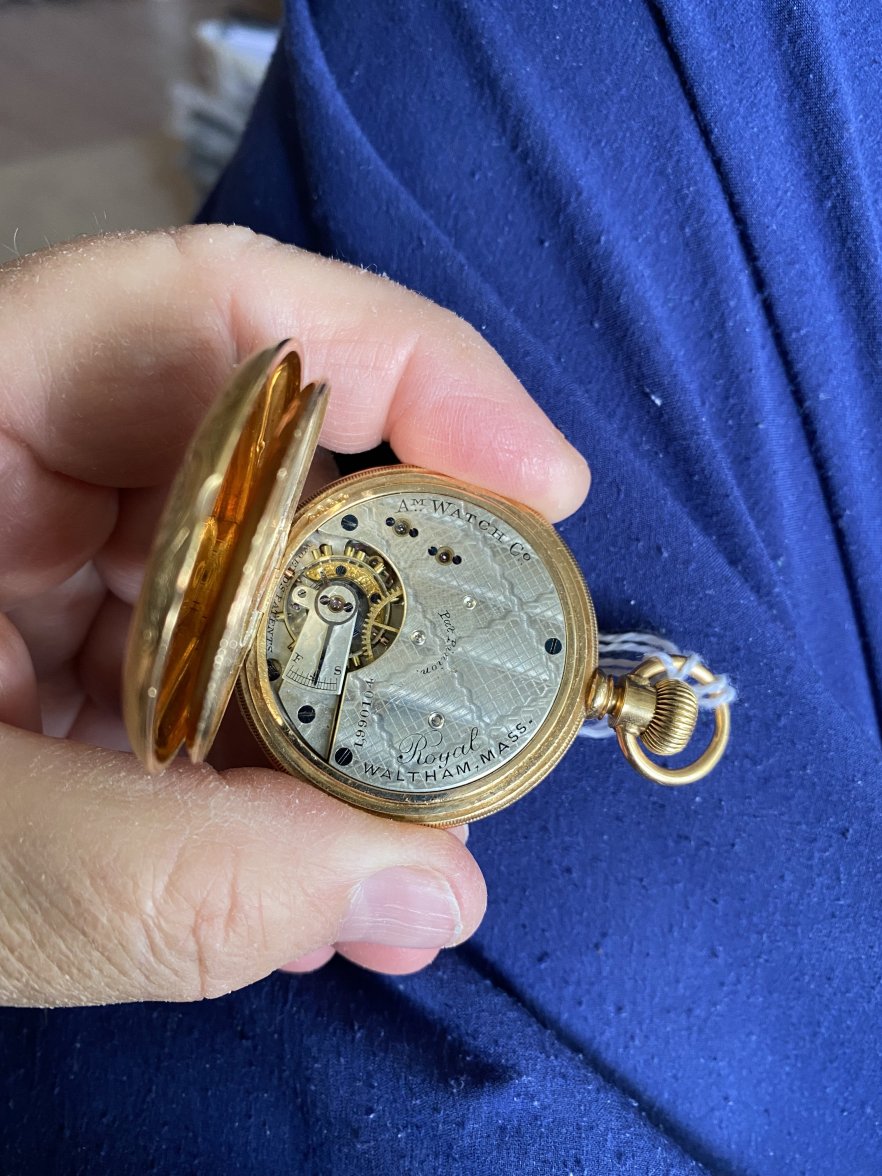Canuck
·For one of the pit falls. Here is one I did when first getting in this hobby 15-20 years ago. Just because it looks pretty I should of paid less due to it being a re-case. Even though the case looks mint most likely Hamilton never sold it in this case or hand variation. Maybe one I should of passed on. You want original case and hands and movement on a railroad pocket watch will hold it's value better. This is the only type of case railroad case you pull the crown to get to the movement. You unscrew bezel off then pull crown there a notch to use your finger nail there a hinge on the case and the movement swings out. A good one to use and not keep as a safe queen.



@river rat ,
The movement is railroad grade, but the watch may not have been railroad approved. Railroad grade watches were available to non-railroaders, as well. Chances are this watch was bought in a retail jewellery store/railroad watch inspector shop. By the time your watch was built, Hamilton was shipping them cased in one of the dozen or so cases we expect to see on a 992B. Chances are the person who purchased it, didn’t like the case the movement was in, or the hands that were on it. The retailer may have had an inventory of cases that were available before watches were shipped, cased. The customer may have chosen this case, and the hands, and the retailer did the swap for the customer.
There was a long list of essential features a watch had to have, to be considered a railroad standard watch by the hard and fast time standards that prevailed. BUT, it is a known fact that some railroads would have accepted a watch that didn’t meet ALL the standards. Your watch had the right movement and dial. There is no reason the case would not have been accepted as railroad standard. That leaves the hands. While not typical for most railroad standard watches of the era, there is no reason that many railroads would have accepted them. The case is outstanding! I wouldn’t have turned the watch down had it come my way. I think it may have passed as a railroad watch.
